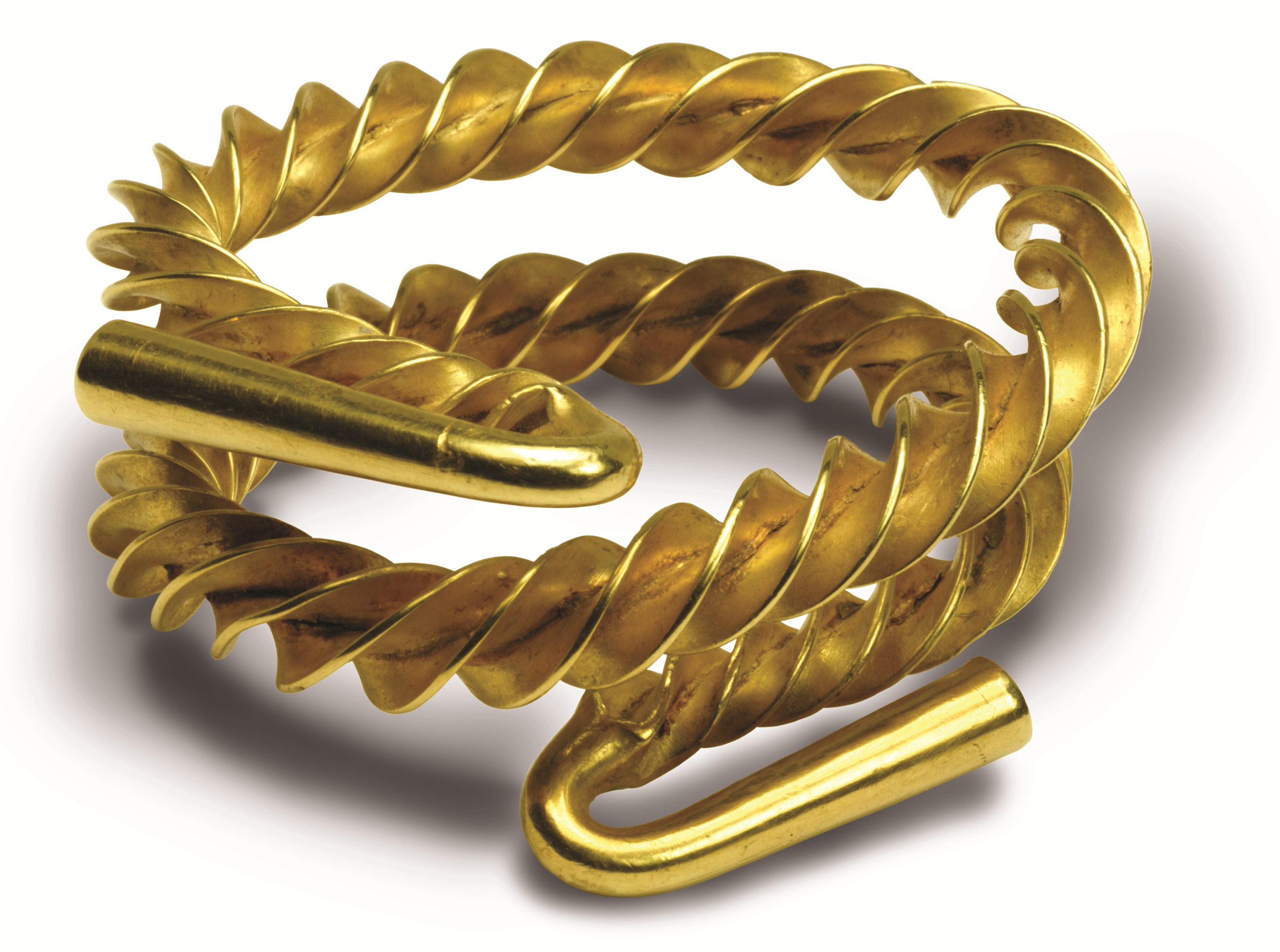SANHS Museum Collections

SANHS Collections and Somerset Heritage
On the night of 3 May 1941, Liverpool suffered a devastating bombing raid which destroyed its library and museum and a considerable quantity of its ethnographic collections. Under the War Damage Scheme moneys were made available to enable the museum to rebuild its collections and, following a national appeal, the Somerset County Museum (owned by SANHS) sold parts of its own ethnographic collections to Liverpool. As St George Gray explained, with a somewhat backhanded generosity: ‘Specimens which had not been exhibited at Taunton for many years, and for which the Society had long been seeking a suitable home, have been purchased by the Liverpool Corporation.’
The surviving inventory records the details of the materials sold in December 1941, a list of hundreds of items from a variety of collections assembled between 1850 and the 1920s. Coming from a variety of collectors and donors, the ethnographic materials had world-wide origins, representing China, North and South America, Australasia, the Pacific, India, Afghanistan and Africa. Notable among the objects sold were those from the collection of the late Sir Edward B. Tylor, donated by his widow, Lady Tylor, shortly after his death in 1917, and including items from Japan, Australia, New Mexico, Arizona, Algeria, and Peru. Tylor, substantial parts of whose personal collection were also donated to the Pitt Rivers Museum in Oxford, had been the first professor of anthropology in Oxford and a renowned founding father of that discipline in the English speaking world.
A collection of his writings was also given to the SANHS Library. The connections between his influential writings and his ethnographic collection have yet to be explored.
Tylor, however, was not just an intellectual who changed the course of European thought about early man and human evolution. Though raised as a Quaker in Tottenham, he became an adopted son of Somerset. In 1858 he married Anna Fox of the well-known Quaker family in Wellington and came to spend many years living and working in that community. As Humphreys suggests, he was perhaps the most distinguished of ‘a little band of men in the [eighteen]- seventies’ who were recognised there for their learned interests, including among them those involved with archaeology, folk-lore, and ethnography, a number of whom, like C.H. Fox and F.T. Elworthy, were associated with SANHS as benefactors and active members. Elworthy’s own collection, indeed, was itself an important part of SANHS ethnographic holdings until items from it were loaned to the Pitt Rivers Museum in Oxford. Tylor himself became a member of the Society and gave various talks in and around Taunton. As he acknowledged, furthermore, ’seeing a stone implement from Tasmania in the Museum of the Somerset Natural History Society at Taunton’ proved to be a source of inspiration for his subsequent work of comparative ethnography. In this remarkable group we may perhaps identify a significant contribution to Somerset’s intellectual heritage and to the place of SANHS within it.
And Tylor’s collection, before it was dispersed, offered an important insight into the historic development of that heritage. What is true for museums is also true for libraries and archives. In the words of a modern manual of curatorship: ‘The Collection has a character: it is made up of many separate collections and collection minds, and reflects the changing taste of different periods and individuals. It is, as a whole, an entity reflecting the community, curators, private collectors and other organisations who have contributed to its growth.’
(The Tasmanian scraper is still in the Museum of Somerset collection.)
© Andrew Butcher and Michael Nix
